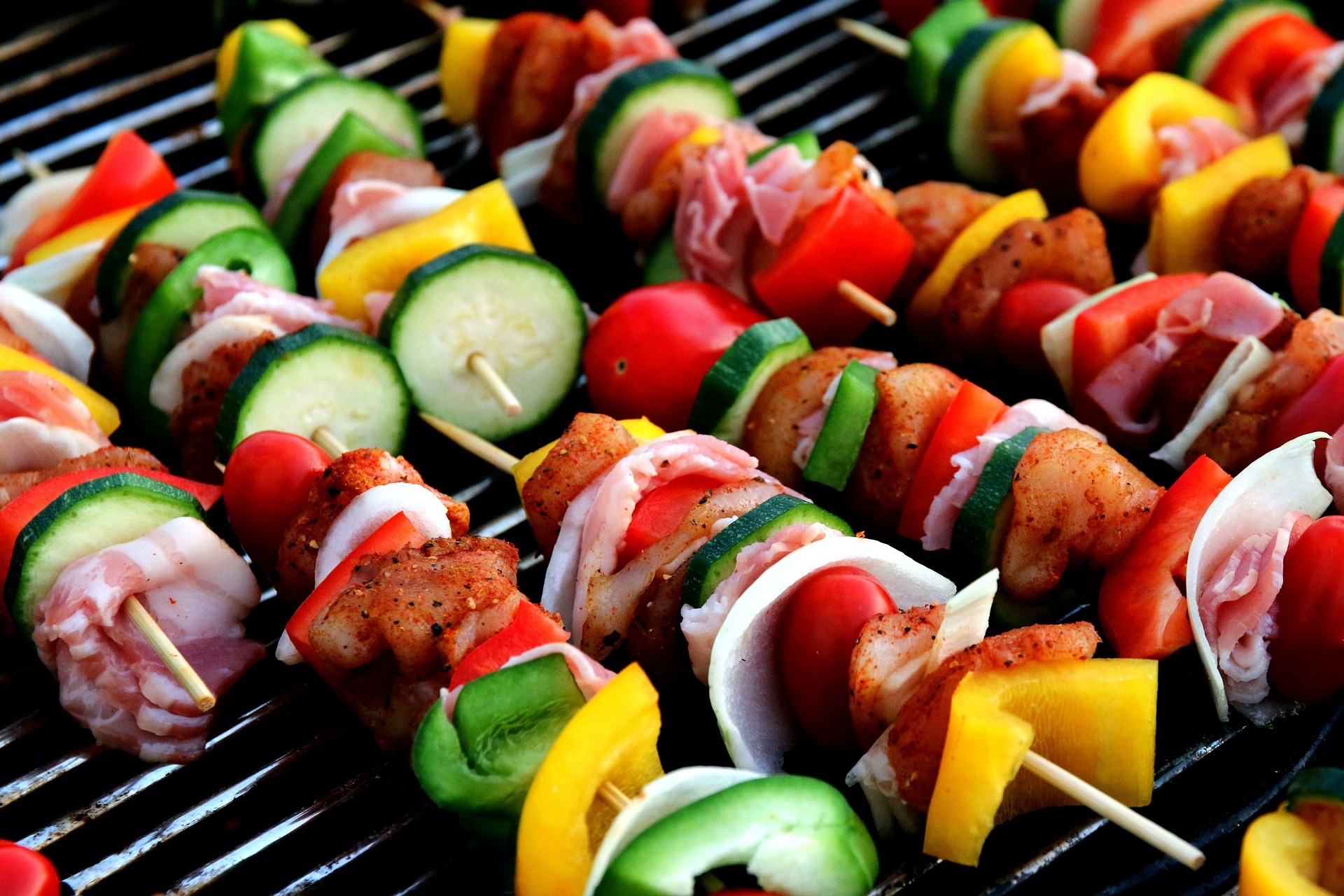Call Us: 647-372-2198
Healthy(ier) Summer Grilling
July 3, 2019

Many of us are aware of a link between barbecued meat and an increased cancer risk however few of us understand the evidence behind this, and knowing that evidence may help us make healthier choices, choices that could even include some summer barbecuing.
When we cook meat on the barbecue, those dark char marks represent heterocyclic amines (HCAs), which are considered carcinogenic (cancer-producing), plus, when fat drips into the grill, the resulting flames can cover food with polyaromatic hydrocarbons (PAHs), another chemical linked to cancer. The evidence linking cancer and carcinogenic changes from barbecued foods however, is in animal models only – only a few human studies have explored this. Looking at the observational evidence shows that in people who eat a large amount of barbecued food, they do have a greater risk of developing precancerous polyps, however, interestingly, among people in this study who consumed the most flavonoids (plant-based chemicals in berries, cherries, red grapes, apples, citrus fruit, broccoli, kale, onions and tea), there was no link between charred/barbecued food intake and polyp risk; flavonoids in fruits and vegetables are thought to block the formation of HCAs in meat. This means that we can offset any changes from charring meat with eating a diet high in fruits and vegetables and for most of us, that would mean we could enjoy the occasional BBQ - barbecuing at home can be a nice way to relax, be outside, celebrate holidays, and spend time with family and friends.
But before you do fire up the grill, consider these 3 healthy tips to plan a healthy plate:
- Choose healthy protein options: Many meats traditionally served at barbecues, such as beef, hot dogs and sausage, have been shown to increase the risk of several types of cancer. Ditch the hamburgers and hot dogs and instead opt for healthier protein options like skinless chicken, turkey breasts or fish. If you must keep hamburgers and hot dogs on the menu, choose lean options to avoid fat hitting an open flame which produces those PAHs. You can also trim any visible fat to reduce flare-ups and charring.
- Choose more veggies. The leanest foods to grill are vegetables and fruits, which won’t contribute to PAH or HCA production. And because they’re loaded with plant-based chemicals and nutrients, they can offset any damage from barbecued meat. Choose in-season fruits and vegetables and be sure to add a variety of colours to your plate.
- Watch your cooking technique. Flip any meat on the grill frequently, which will help avoid any of those dark char lines. You can also consider wrapping meat in foil to prevent fat from dripping into the flames. Gas grills are a better choice as you can control the temperature better; for best results, light the outside burners, not the center one. Then cook food in the center of the grill with the lid closed.


